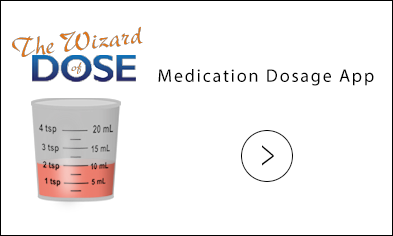
Thermometers
Before I tell you about the best thermometer you can use, let me explain why you need one. If you were to call me because Jimmy has a fever, I would ask if he is slightly warm (101°F range) . . . very warm (103°F range) . . . or boiling hot (104°F and above). And I would be much more interested in any details you could provide that might point to the origin of his illness. Finding the fever’s cause ranks much higher in importance than the number on the thermometer, since the difference between 101°F and 101.7°F isn’t going to make a huge difference in temperature management.
A child’s temperature is fairly obvious to the touch. Start with the thermometer at the end of your arm: your hand. If Jimmy feels warm, you can then use a store-bought thermometer to gauge the number.
Which kind?
Precision is not crucial, so a cheap electronic thermometer or an old-fashioned glass one will do the job just fine, as will a disposable strip. The worst thermometers—those that go into the ear like some kind of science-fiction device—also happen to be the most expensive. The consumer versions of these devices give falsely high readings, which can panic parents. If Lucy receives one as a present, don’t open the box. Go to the store and exchange it for a simpler and more accurate one. While you’re there, you can also pick up a few rattles and toys with the money you’re saving.
Where?
Under the arm, in the mouth, on the forehead—these are all good spots, depending on where your thermometer is supposed to go. I don’t recommend rectal readings; even if they are more accurate by half a degree, they could be painful and risky on a wiggly child.
How often?
Once you’ve established that Jimmy has a temperature and you’re reasonably comfortable that you’ve addressed the fever’s source, there’s no need to monitor the temperature obsessively. A flu, for example, will produce two to three days of high fever, and charting it along the way won’t add anything to the treatment. Instead, pay closer attention to signs that could indicate complications, such as vomiting or lethargy [See: Flu].
What’s the panic number?
The numerical value of the temperature is not the crucial point. No matter what you may have heard, a very high temperature is not dangerous for the brain, nor is it necessarily indicative of a severe illness [See: Fever].




 MEDICATION DOSAGE
MEDICATION DOSAGE

